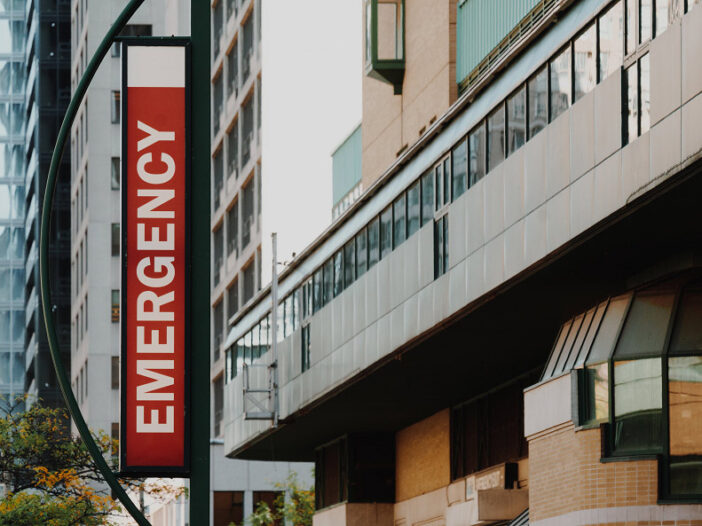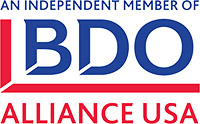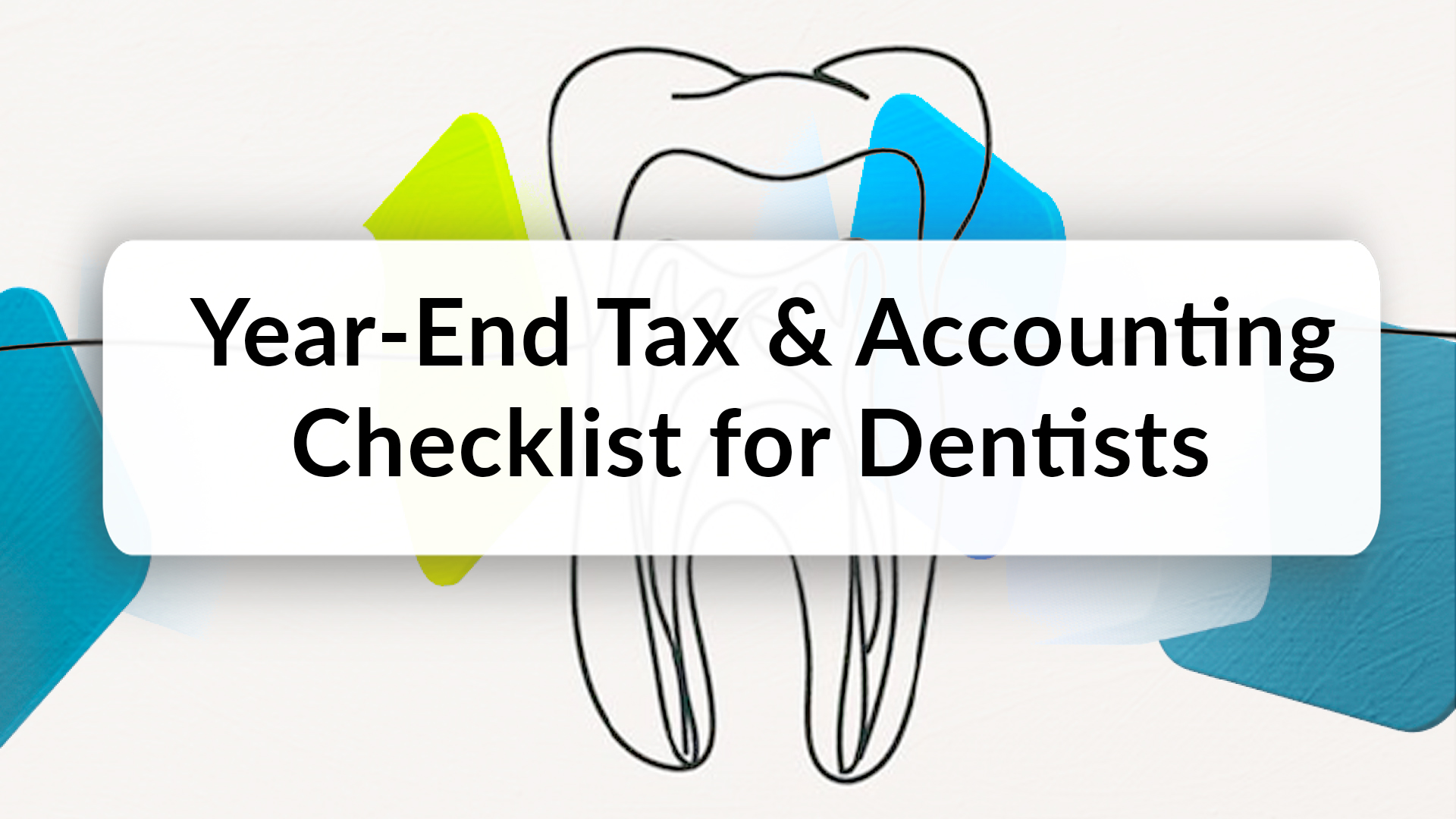
By: Stacey Powell, CPA, CFE, CICA
The U.S. Department of the Treasury (Treasury) released the Final Rule for Coronavirus State and Local Fiscal Recovery Funds (CSLFRF) on Jan. 6, 2022. The Final Rule provides broader flexibility and greater simplicity in the program and is effective April 1, 2022. Until that time, the Interim Final Rule remains in effect. However, early implementation of Final Rule provisions is permitted.
Background
CSLFRF, a part of the American Rescue Plan, provides $350 billion in emergency funding to eligible state, local and tribal governments to support their response to, and recovery from, the COVID-19 public health emergency.
The program ensures that governments have the resources needed to:
- fight the pandemic and support families and businesses struggling with its public health and economic impacts,
- maintain vital public services, even amid declines in revenue, and
- build a strong, resilient, and equitable recovery by making investments that support long-term growth and opportunity.
Early Program Implementation
In May 2021, the Treasury published the Interim Final Rule describing eligible and ineligible uses of funds (as well as other program provisions), sought feedback from the public on these program rules, and began to distribute funds.
The Interim Final Rule immediately took effect in May and, since then, governments have used CSLFRF funds to meet their immediate pandemic response needs and begin building a strong and equitable recovery, such as through providing vaccine incentives, development of affordable housing, and construction of infrastructure to deliver safe and reliable water.
Final Rule Issued – Key Changes & Clarifications in the Final Rule
The much-anticipated Final Rule governs spending guidelines for CSLFRF. The Final Rule delivers broader flexibility and greater simplicity in the program, responsive to feedback in the comment process. Key changes from the Interim Final Rule to the Final Rule include:
- Replacing Lost Public Sector Revenue. The Final Rule offers a standard allowance for revenue loss of $10 million, allowing recipients to select between a standard amount of revenue loss or complete a full revenue loss calculation. Recipients that select the standard allowance may use that amount – in many cases their full award – for government services, with streamlined reporting requirements.
- Public Health and Economic Impacts. In addition to programs and services, the Final Rule clarifies that recipients can use funds for capital expenditures that support an eligible COVID-19 public health or economic response. For example, recipients may build certain affordable housing, childcare facilities, schools, hospitals and other projects consistent with Final Rule requirements.
The Final Rule also provides for:
- An expanded set of households and communities that are presumed to be “impacted” and “disproportionately impacted” by the pandemic, thereby allowing recipients to provide responses to a broad set of households and entities without requiring additional analysis,
- A broader set of uses available for these communities as part of COVID-19 public health and economic response, including making affordable housing, childcare, early learning and services to address learning loss during the pandemic eligible in all impacted communities and making certain community development and neighborhood revitalization activities are eligible for disproportionately impacted communities.
- A broader set of uses to restore and support government employment, including hiring above a recipient’s pre-pandemic baseline, providing funds to employees that experienced pay cuts or furloughs, avoiding layoffs and providing retention incentives.
- Premium Pay. The Final Rule delivers more streamlined options to provide premium pay by broadening the share of eligible workers who can receive premium pay without a written justification while maintaining a focus on lower-income and frontline workers performing essential work.
- Water, Sewer & Broadband Infrastructure. The Final Rule significantly broadens eligible broadband infrastructure investments to address challenges with broadband access, affordability and reliability, and adds additional eligible water and sewer infrastructure investments, including a broader range of lead remediation and stormwater management projects.
Effective Date
The Final Rule takes effect on April 1, 2022. Until that time, the Interim Final Rule remains in effect; funds used consistently with the Interim Final Rule while it is in effect are in compliance with the CSLFRF program.
However, recipients can choose to take advantage of the Final Rule’s flexibilities and simplifications now, even ahead of the effective date. Treasury will not take action to enforce the interim Final Rule to the extent that a use of funds is consistent with the terms of the Final Rule, regardless of when the CSLFRF funds were used.
Article adapted from the Nonprofit Standard blog.
For more information, contact Stacey Powell, professional practice director, spowell@bdo.com.




